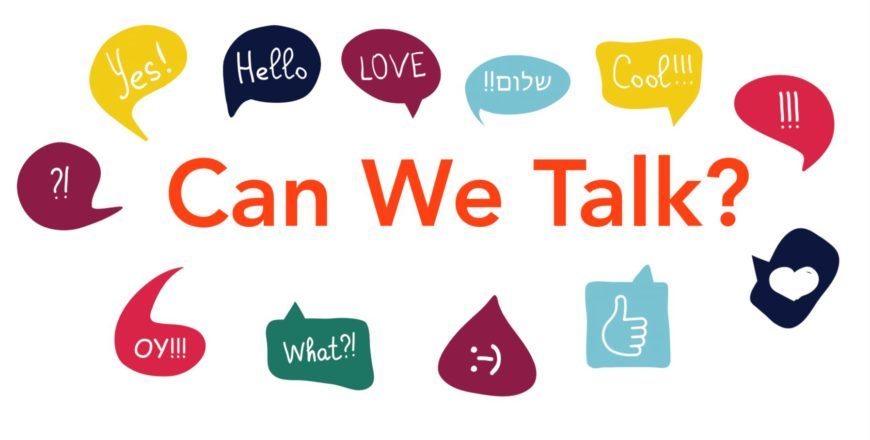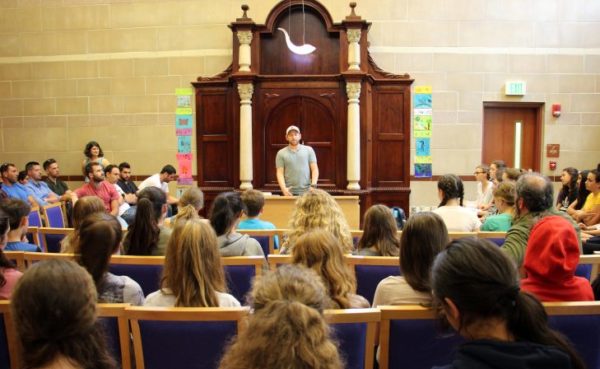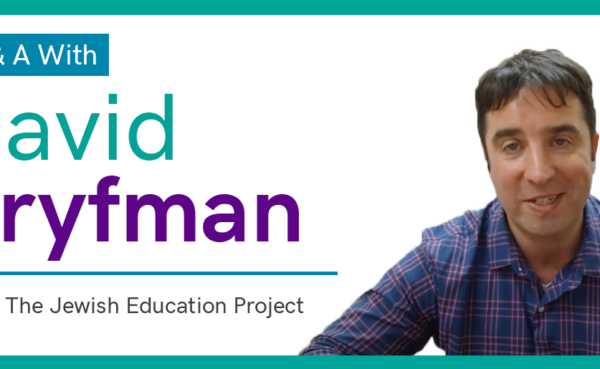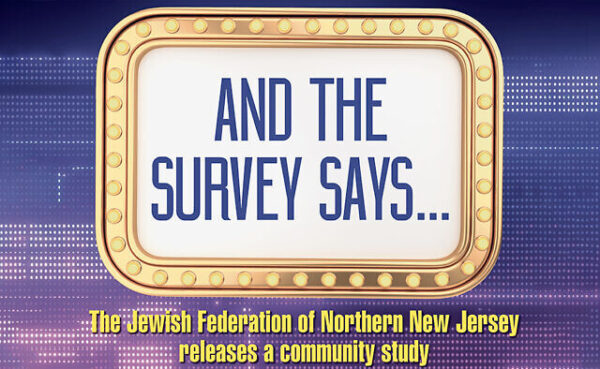
A Relationship Building Agenda For Heads of School and Board Chairs: Dream, Design, Date, & Dance April 2, 2019 | News
Editor’s Note: This piece by Rosov Consulting’s Pearl Mattenson appears in the The Lookstein Center for Jewish Education’s journal, Jewish Educational Leadership, spring 2019 issue, titled “Can We Talk.”
“I want to invite you to our home for dinner so that my wife can tell you all about my blind spots and challenges in my relationships as well as a few of my charming qualities. I think it will help you to get to know me. I would like to spend some time getting to know you better as well so we can figure out how best to work together. I know that building our relationship is critical to moving forward the school’s agenda and I know it takes work and ongoing nurturing.” Board Chair
Happens all the time, right?
The board chair/head of school relationship is critical for the school’s overall health. This is a well-established principle. It is often assumed, and largely correctly, that the relationship can only flourish if the Board Chair ensures that the board is focused on moving the strategic agenda of the school forward and allows the Head of School to focus on the operational agenda. Many also talk about the need for this relationship to be one characterized by deep trust and open lines of communication. But almost all of us understand, that this is easier said than done. Because, well… we’re human and there are precious few opportunities during our educational and professional training to prioritize learning how to develop healthy relationships. Add to that the fact that rarely do Board Chairs and Heads of School get to consider, in advance, if they will work well together and actively and honestly prepare the ground for a healthy relationship. In fact, schools struggle to find the right Head of School and to encourage their lay leaders to step up to the plate of Chairmanship. Everyone is simply relieved to have the right people in place. It can seem a luxury to worry about whether they can actually work together.
Challenging? Perhaps. It does take commitment and conversation. Lots of conversations. Here are a few bite-sized suggestions for four different types relationship building conversations that may get you started.
DREAM:
Ideally at the start of the relationship but frankly, at any point, it is important to talk to each other at the level of idealsand values. What are your hopes for the school? What energizes you about your role? You want to have this conversation in part to serve as a touchstone to come back to when things get rough. You also want to understand if you share the same dreams about the school. This is a conversation where you look for the places of alignment. How can you support each other’s dreams and meet each other half way if you are not on the same page?
DESIGN:
Relationships can be strengthened by conscious and intentional agreements. Designing these agreements at the start or when the waters are relatively calm, can help you chart the course during turbulent times. What do you need from each other to feel well informed? Trusted? How do you want to handle those moments that challenge your trust in each other? What are the moments that are likely to evoke your less-than best self? What do you need from each other in those moments? What can your counterpart count on you for?
DATE:
There is simply no substitute for making regular time for each other. A date is something you prepare for, invest in and show up for as your best self. Meet weekly, bring agenda items to each other. Be curious about each other’s realities, share openly- what is going on in your world? What is challenging? What are issues you could/should deliberate on together? Pick up the phone and actually talk—if you talk regularly, in the spirit of your designed agreements, you will be putting money in the bank of your relationship to withdraw when one of you is particularly stressed about a situation. Even in the digital age, the only way to hear the urgency or the tone is in a voice-to-voice or face-to-face conversation. And remember dates are not interrogations—laugh a bit together help each other to lighten a difficult moment.
DANCE:
When you dance with a partner, you are taking cues from each other. Sometimes, one leads; sometimes the other. In relationships too, one of the best indicators of a strong relationship is the willingness of each to be open to each other’s influence. Beware the moments when you are locked into position and no movement is happening. Help each other look good on the dance floor. What can you do or say right now, for each other, that will be most conducive to graceful progress? How can you stay attuned to each other’s cues? When do you need to pick up the energy? When do you need to dial it down?
The board chair and the head of school are the repository of the hopes and dreams of the school community, from the staff and students to the families and donors. The relationship that they invest in can create the climate necessary for bringing the maximum of those hopes and dreams to fruition. Together, they are both the glue that holds a complex system together and the engine for fulfilling its greatest potential.
Source: Journal of Jewish Educational Leadership, March 2019




